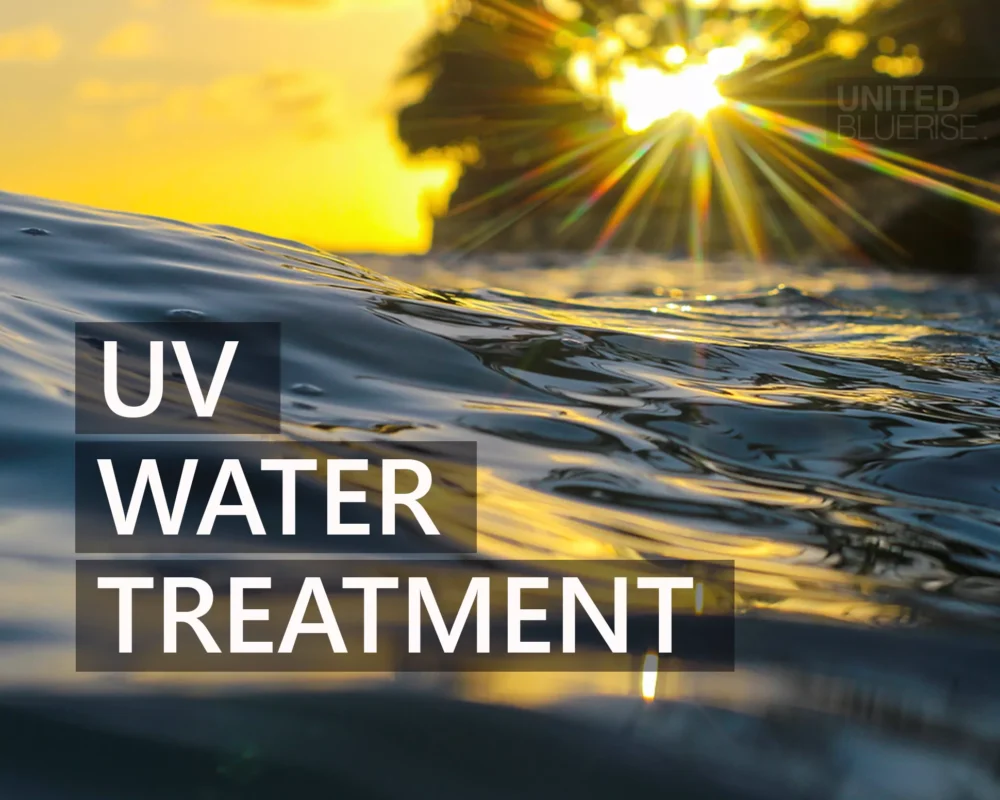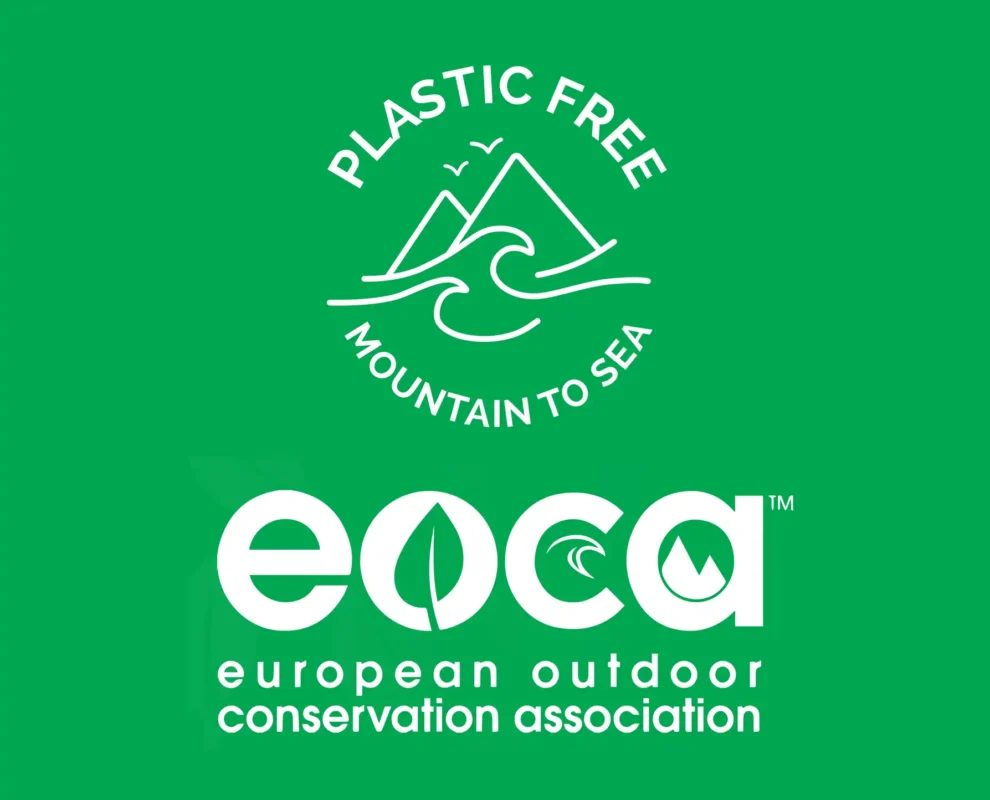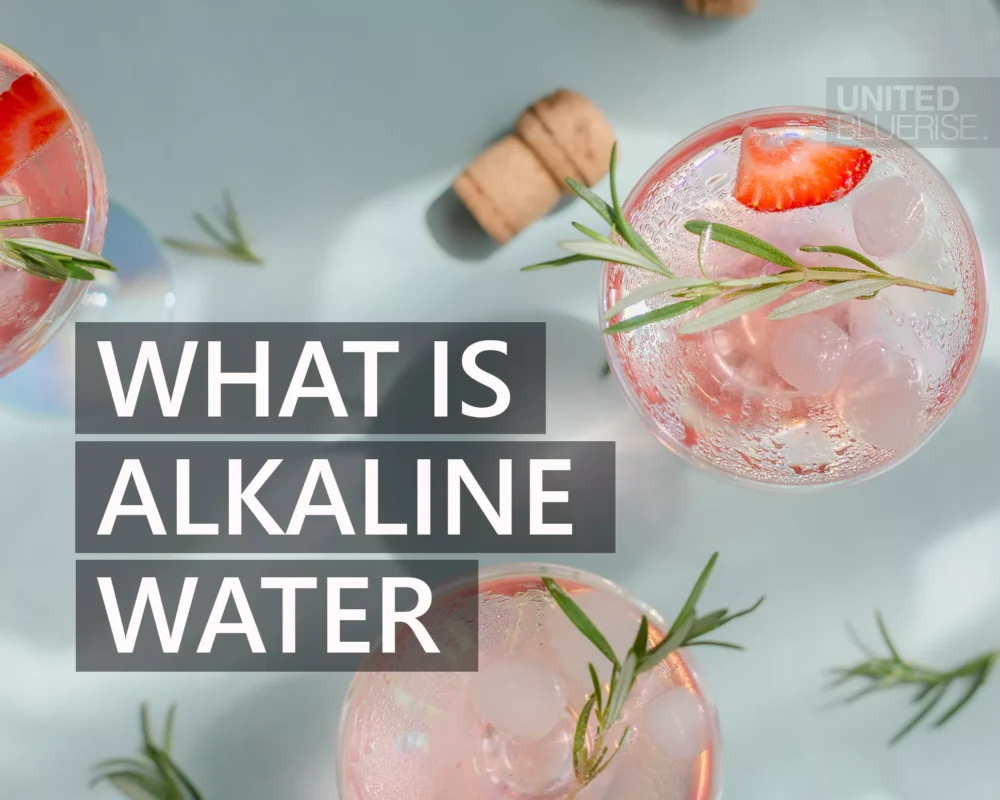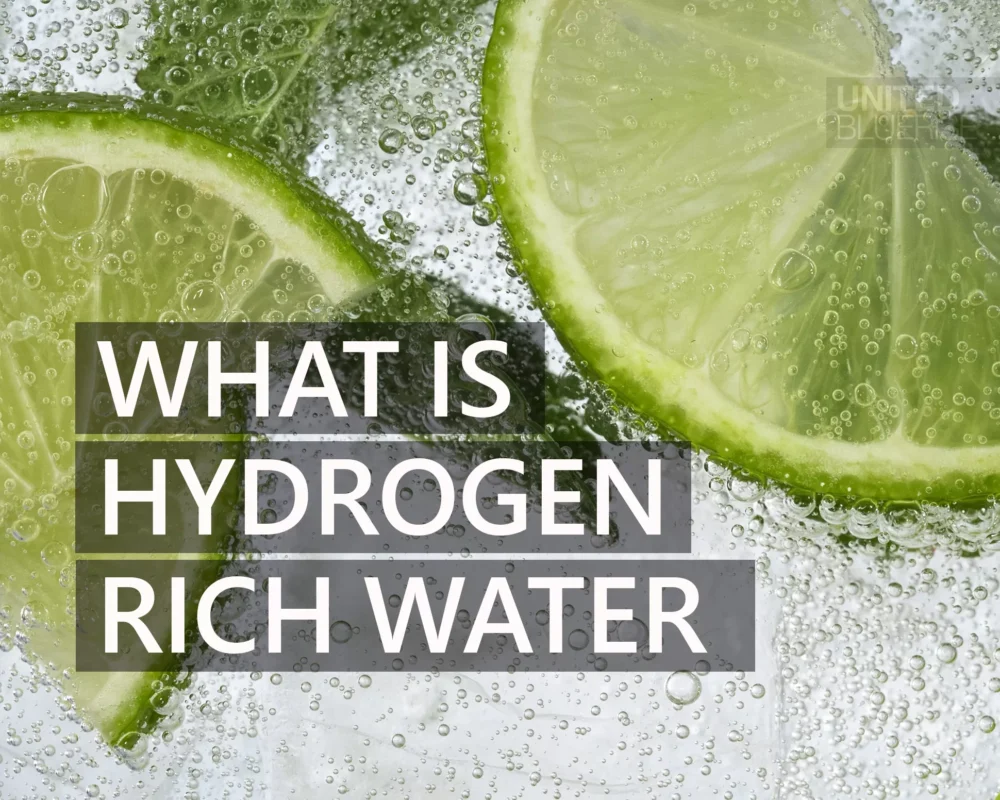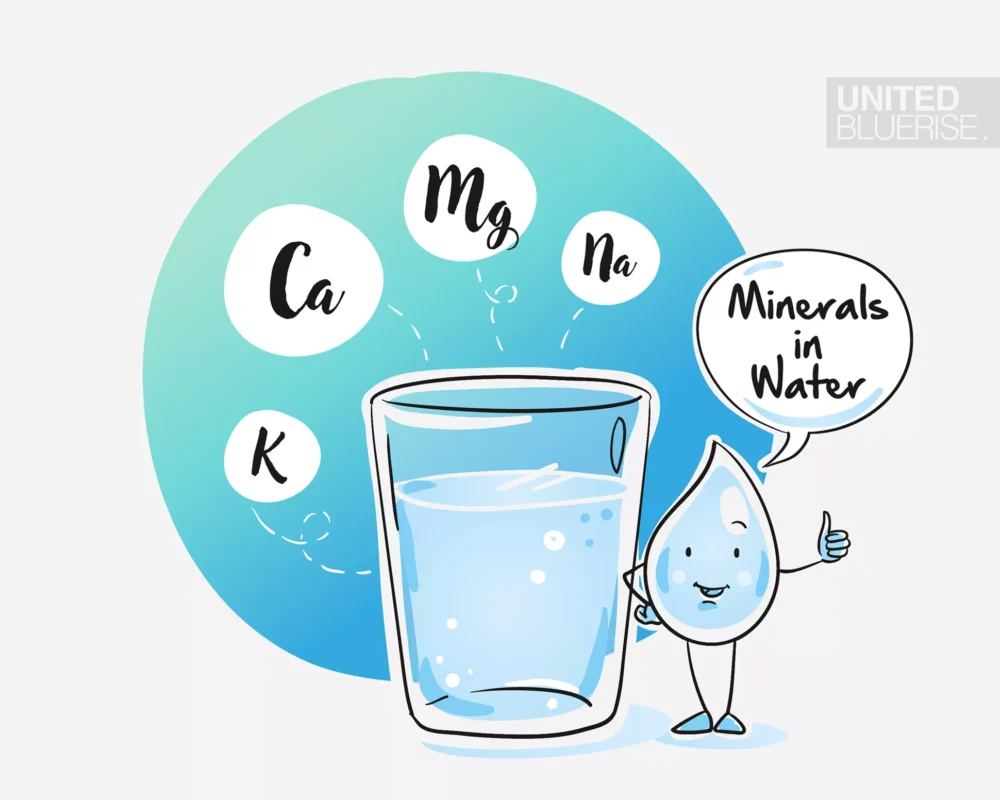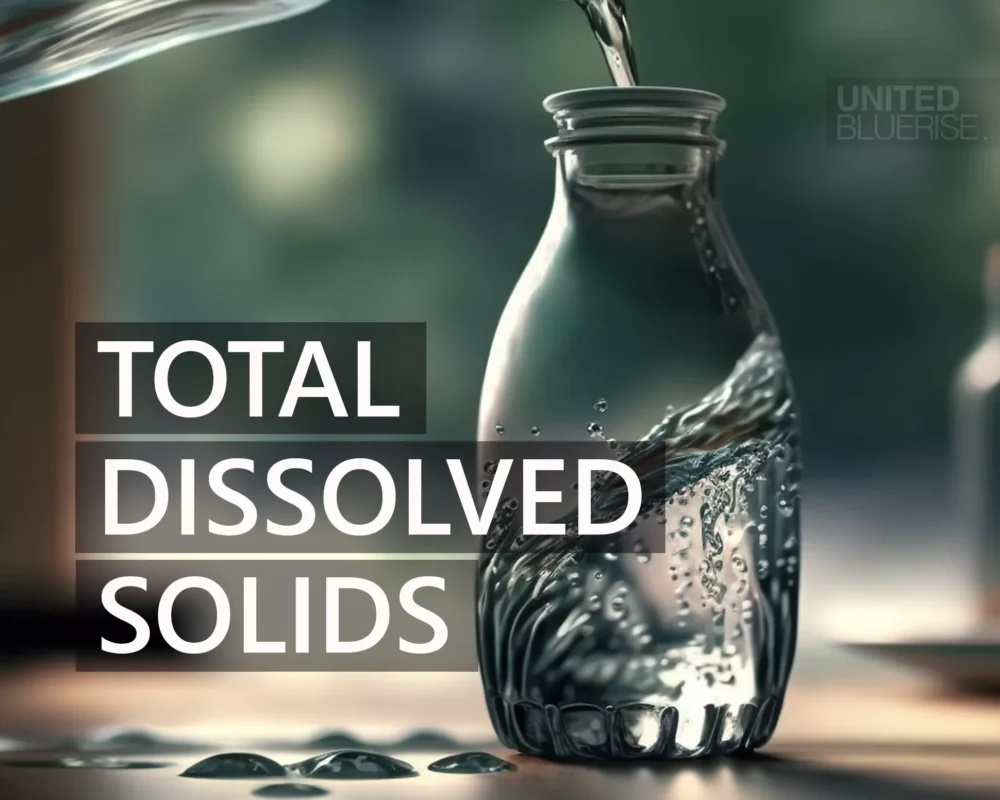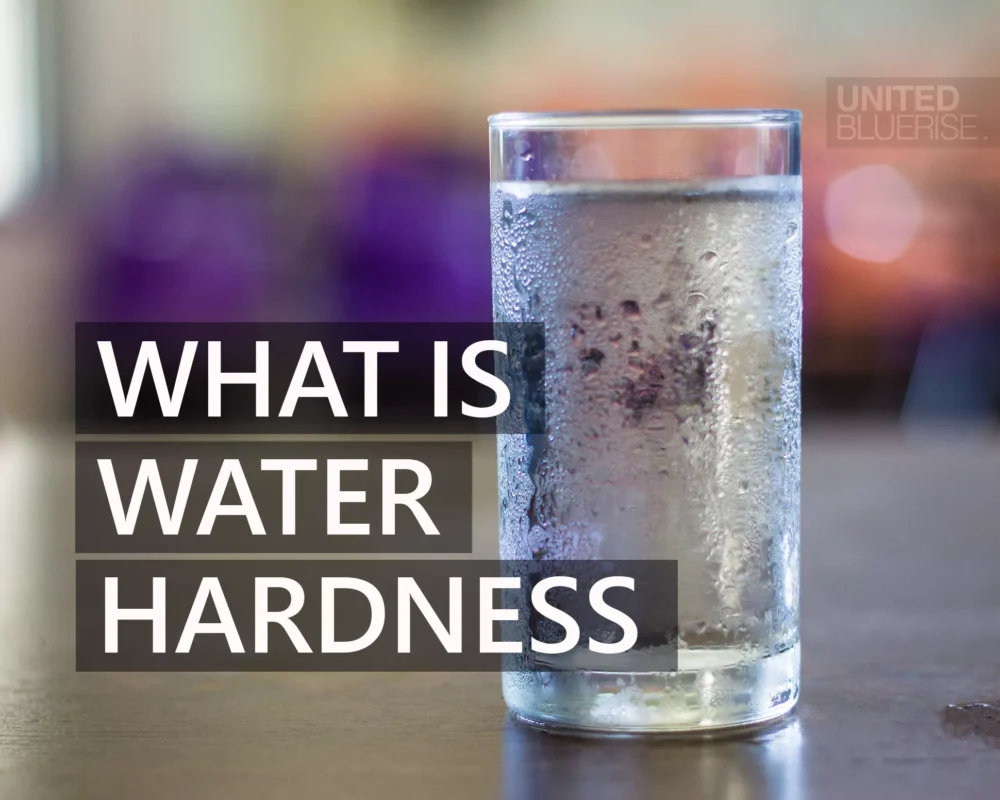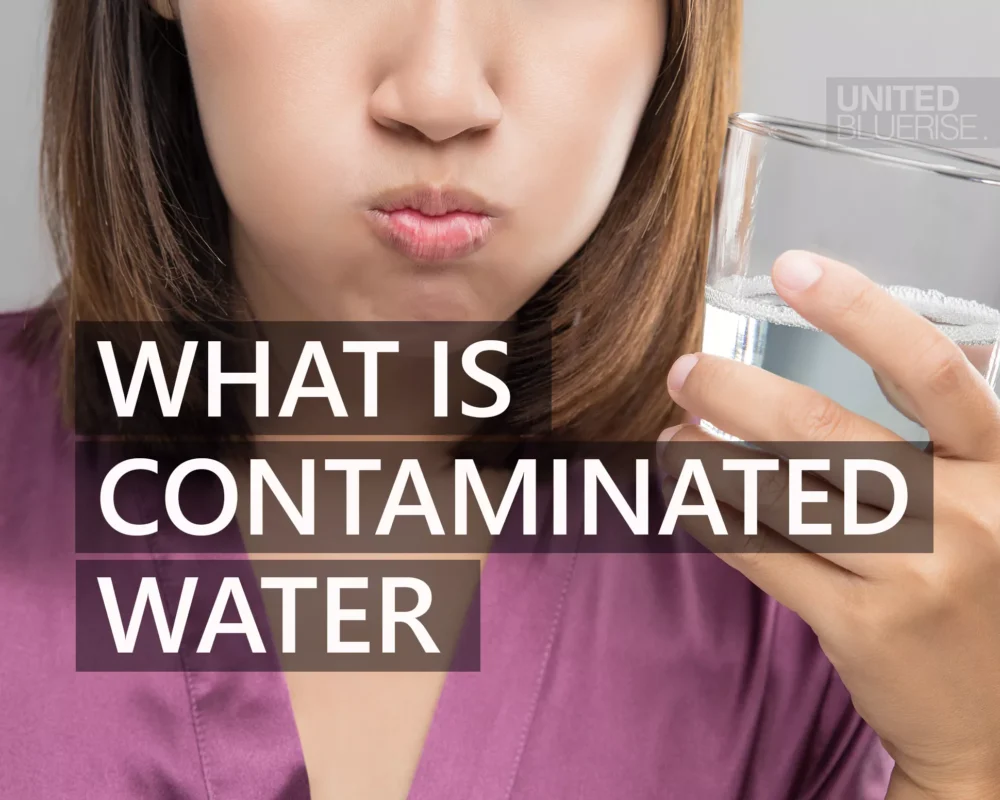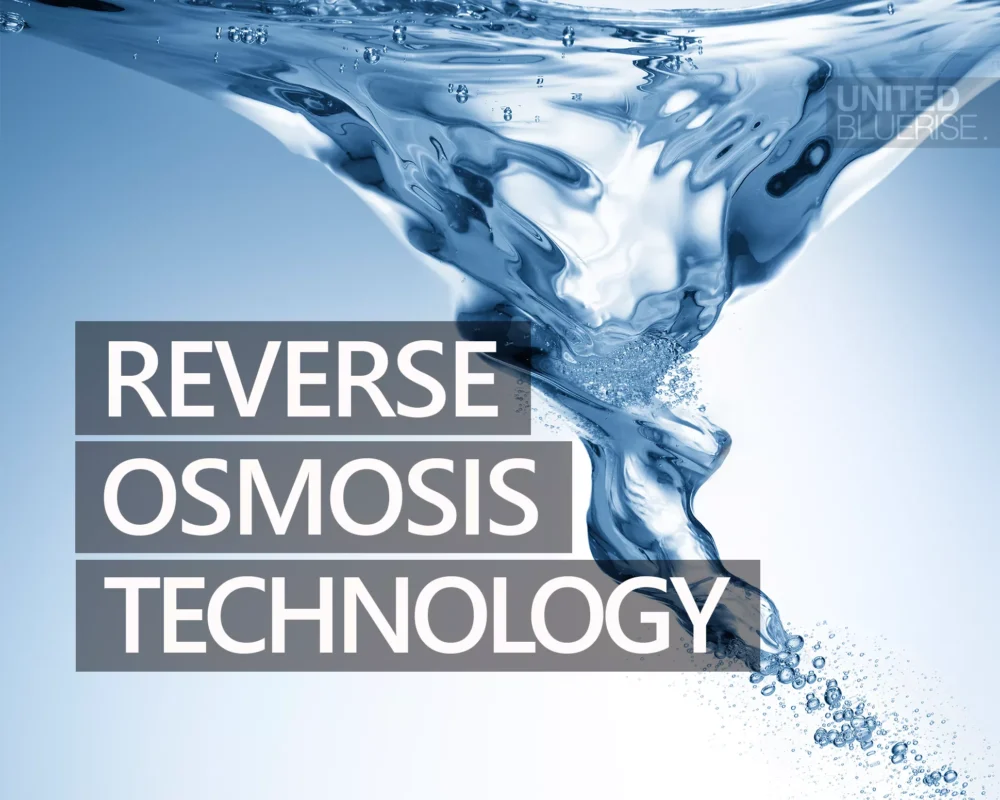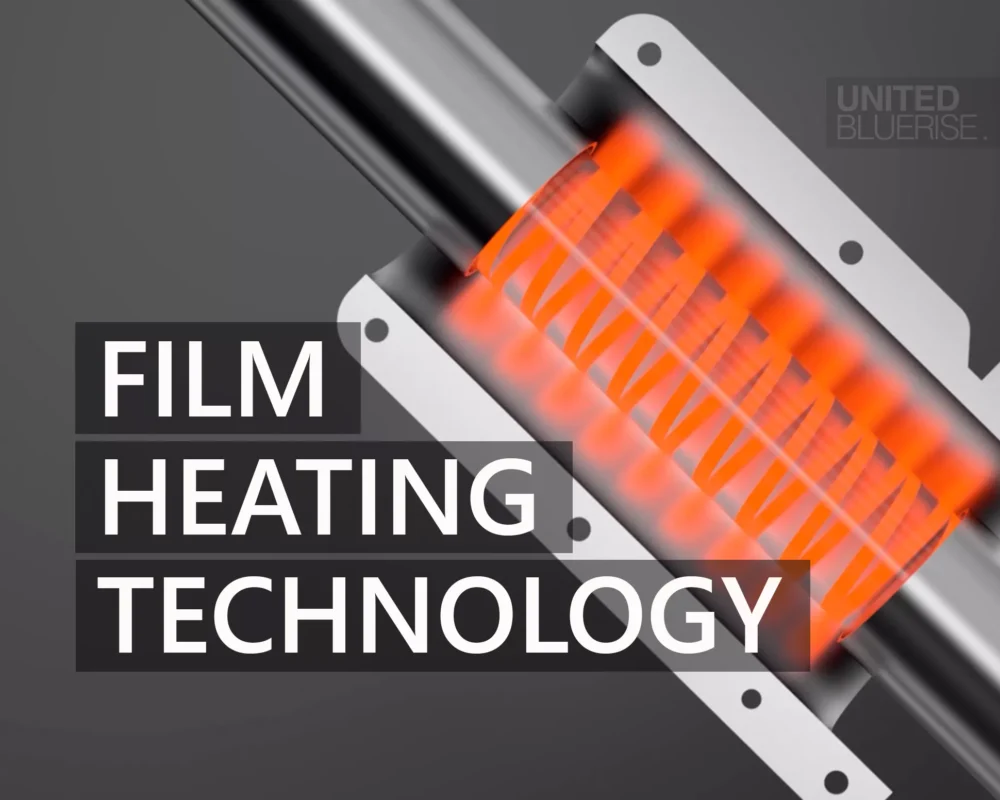National Sanitation Foundation – NSF
NSF International, formerly known as the National Sanitation Foundation, is a non-profit organization that provides independent testing, certification, and auditing services to ensure public health and safety. Established in 1944, NSF International has become a trusted and respected global leader in developing public health standards and providing certification programs for products, services, and systems in various industries.
One of the main functions of NSF International is to provide independent third-party certification to ensure that products and services meet specific safety and quality standards. This includes certification for water filtration and treatment products, food safety and quality, dietary supplements, and consumer products....

